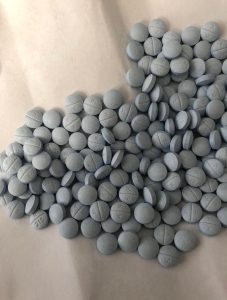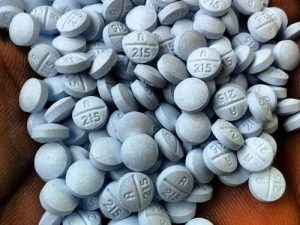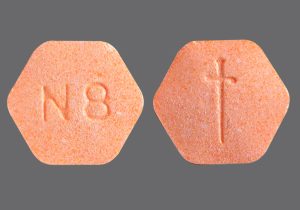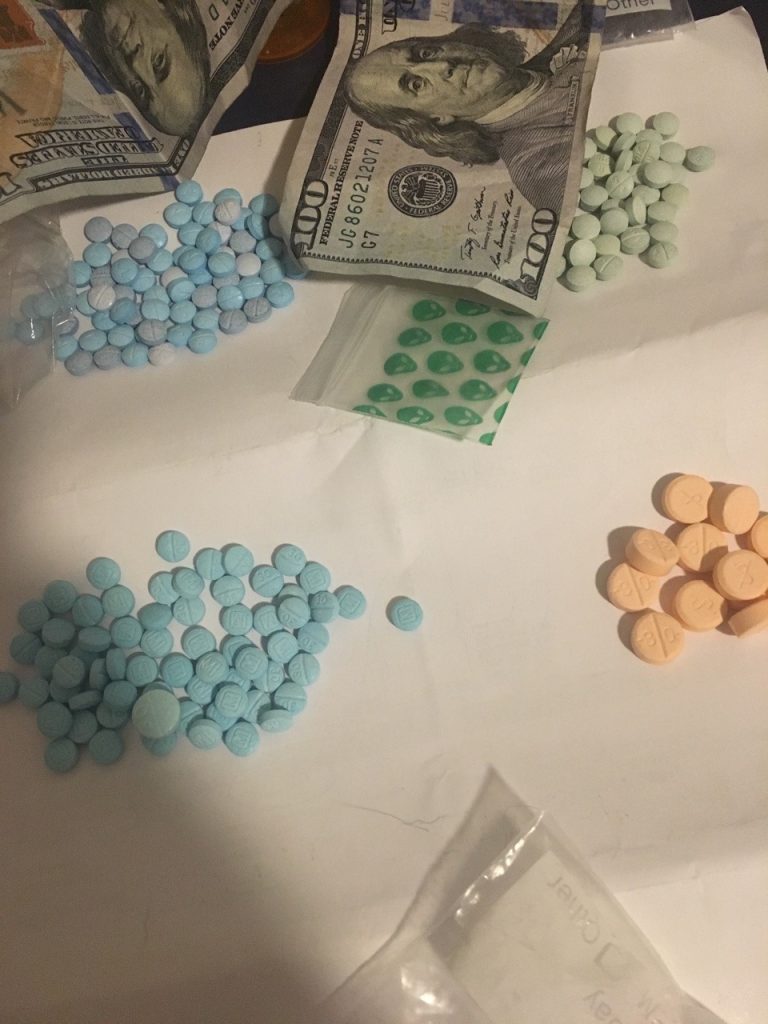Uncategorized, Uncategorized, Uncategorized, Uncategorized, Uncategorized, Uncategorized
Roxicodone 30mg vs Suboxone 8mg: Origins, Specifications, and Effects on the Human Body
Intro: Roxicodone 30mg vs Suboxone 8mg
In the landscape of modern medicine, few areas are as complex and critical as pain management and opioid dependence treatment. Among the numerous medications available, Roxicodone (30mg) and Suboxone (8mg) stand out for their distinct purposes, chemical structures, and impacts on the human body. Though they both interact with the opioid receptors, their origins, specifications, and effects reveal two entirely different pharmaceutical philosophies: one addresses acute pain, while the other battles addiction itself.
In this article, we will delve deep into the unique origins, chemical specifications, and biological effects of Roxicodone 30mg and Suboxone 8mg, offering a comprehensive comparison of these two pivotal medications.

Origins and Development of Roxicodone 30mg vs Suboxone 8mg
Roxicodone: A Legacy of Pain Relief
Roxicodone, the brand name for oxycodone hydrochloride, is a powerful opioid analgesic. Oxycodone itself was first developed in Germany in 1916 during an era when scientists were attempting to find safer alternatives to morphine and heroin. It is synthesized from thebaine, a chemical found naturally in the opium poppy (Papaver somniferum).
The 30mg dosage of Roxicodone became widely known in the late 20th century, particularly for its use in managing moderate to severe acute pain, such as that following surgery or severe injury. It offers rapid onset pain relief, typically beginning within 15 minutes, peaking at around 30 to 60 minutes, and lasting approximately 3–6 hours.
While Roxicodone offered significant advantages in acute pain control, it also carried a high potential for abuse, dependence, and addiction, particularly because of its fast-acting nature and euphoric effects.
Suboxone: A Revolution in Addiction Treatment
Suboxone, meanwhile, is a relatively newer pharmaceutical product. It was approved by the FDA in 2002, specifically designed to treat opioid dependence and addiction.
Suboxone is a combination of two drugs:
-
Buprenorphine: A partial opioid agonist
-
Naloxone: An opioid antagonist
Buprenorphine was first synthesized in 1966 by researchers at Reckitt & Colman (now Reckitt Benckiser) in England, who were seeking an analgesic as potent as morphine but with fewer addictive properties. Naloxone, on the other hand, was discovered in 1961 and has been a mainstay in emergency medicine for reversing opioid overdoses.
The goal of combining buprenorphine and naloxone was to provide a treatment that could satisfy opioid cravings while discouraging abuse, especially by injection. When Suboxone is taken as directed (sublingually, under the tongue), naloxone remains largely inactive; but if injected, naloxone becomes highly active and precipitates withdrawal.

Specifications and Pharmacology
Roxicodone 30mg
-
Active Ingredient: Oxycodone hydrochloride
-
Class: Full opioid agonist
-
Mechanism of Action: Binds to the μ-opioid receptor, inhibiting ascending pain pathways, altering the perception of and response to pain.
-
Onset of Action: 10–30 minutes
-
Peak Plasma Concentration: 1 hour
-
Duration of Action: 3–6 hours
-
Bioavailability: Approximately 60–87% when taken orally
Physical Description: Roxicodone 30mg tablets are typically blue, round, and imprinted with a manufacturer-specific code.
Common Side Effects: Roxicodone 30mg vs Suboxone 8mg
-
Drowsiness
-
Constipation
-
Respiratory depression
-
Nausea and vomiting
-
Euphoria (which contributes to its abuse potential)

Suboxone 8mg
-
Active Ingredients: 8mg Buprenorphine and 2mg Naloxone
-
Class: Partial opioid agonist (buprenorphine) and opioid antagonist (naloxone)
-
Mechanism of Action:
-
Buprenorphine binds to the μ-opioid receptor with high affinity but only partial activity, offering a “ceiling effect” that reduces the risk of misuse, respiratory depression, and euphoria.
-
Naloxone serves as an abuse-deterrent.
-
-
Onset of Action: 30–60 minutes (sublingual)
-
Peak Plasma Concentration: 1–2 hours
-
Duration of Action: 24–72 hours
-
Bioavailability: About 30% (buprenorphine) when taken sublingually; naloxone remains mostly inactive orally.
Physical Description: Suboxone 8mg is typically delivered as an orange-colored film or tablet, designed to dissolve under the tongue.
Common Side Effects:
-
Headache
-
Sweating
-
Insomnia
-
Constipation
-
Precipitated withdrawal (if opioids are still in the system)

Effects on the Human Body
Roxicodone 30mg: Acute Pain Management and Risks
Upon ingestion, Roxicodone binds rapidly and strongly to opioid receptors in the brain and spinal cord. The brain’s perception of pain diminishes, and the body often experiences:
-
Significant pain relief
-
A sense of relaxation
-
Possible euphoria, especially in opioid-naïve individuals
However, with repeated use, the brain’s natural ability to produce endorphins (the body’s own “feel-good” chemicals) diminishes. Physical dependence can develop in just days or weeks of regular use.
Risks of Roxicodone:
-
Addiction: Craving and compulsive drug use
-
Tolerance: Needing higher doses for the same effect
-
Respiratory Depression: Life-threatening in high doses
-
Withdrawal: Painful symptoms including chills, vomiting, diarrhea, muscle pain
Suboxone 8mg: Stability and Recovery
Suboxone’s action is more controlled and nuanced. Buprenorphine’s partial agonist effect activates opioid receptors just enough to prevent withdrawal and reduce cravings but without causing strong euphoria or respiratory depression.
Patients on Suboxone often report:
-
Stabilized mood
-
Decrease in opioid cravings
-
Improved ability to function normally in daily life
Additionally, the presence of naloxone means that if Suboxone is misused (i.e., injected), naloxone will cause an immediate withdrawal reaction, making it unattractive for abuse.
Benefits of Suboxone:
-
Reduced cravings: Helps individuals focus on recovery
-
Ceiling effect: Safer profile compared to full agonists like oxycodone
-
Long-acting: Once-daily dosing improves adherence
However, Suboxone is not without drawbacks:
-
Dependence: Patients can become dependent on buprenorphine
-
Side Effects: Headaches, sleep disturbances, constipation
-
Stigma: Society sometimes views medication-assisted treatment unfairly

Key Differences About Roxicodone 30mg vs Suboxone 8mg Summarized
| Attribute | Roxicodone 30mg | Suboxone 8mg |
|---|---|---|
| Primary Use | Acute pain management | Opioid dependence treatment |
| Main Ingredient | Oxycodone hydrochloride | Buprenorphine + Naloxone |
| Action at Opioid Receptors | Full agonist | Partial agonist + antagonist |
| Addiction Potential | Very high | Lower (but still possible) |
| Onset | 10–30 minutes | 30–60 minutes (sublingual) |
| Duration | 3–6 hours | 24–72 hours |
| Administration | Oral (swallowed) | Sublingual (under the tongue) |
| Risk of Respiratory Depression | High | Low |
| Withdrawal Potential | Severe | Milder but still present |
Final Thoughts about Roxicodone 30mg vs Suboxone 8mg
Roxicodone 30mg and Suboxone 8mg represent two starkly different approaches to managing the opioid crisis in healthcare. One was born from the necessity of treating severe pain; the other from the urgency of curbing a growing epidemic of opioid addiction.
Both medications, while powerful and essential in the right context, carry risks that demand careful, informed use under medical supervision. Roxicodone’s fast-acting and full agonist properties make it invaluable in trauma settings, but its abuse potential has contributed to the opioid crisis. Suboxone, by offering a partial agonist mechanism combined with an abuse-deterrent, provides hope for long-term recovery and stability.
In the end, understanding the origins, specifications, and effects of these two drugs is not just academic—it’s crucial for anyone navigating pain management, recovery, or addiction treatment today.

